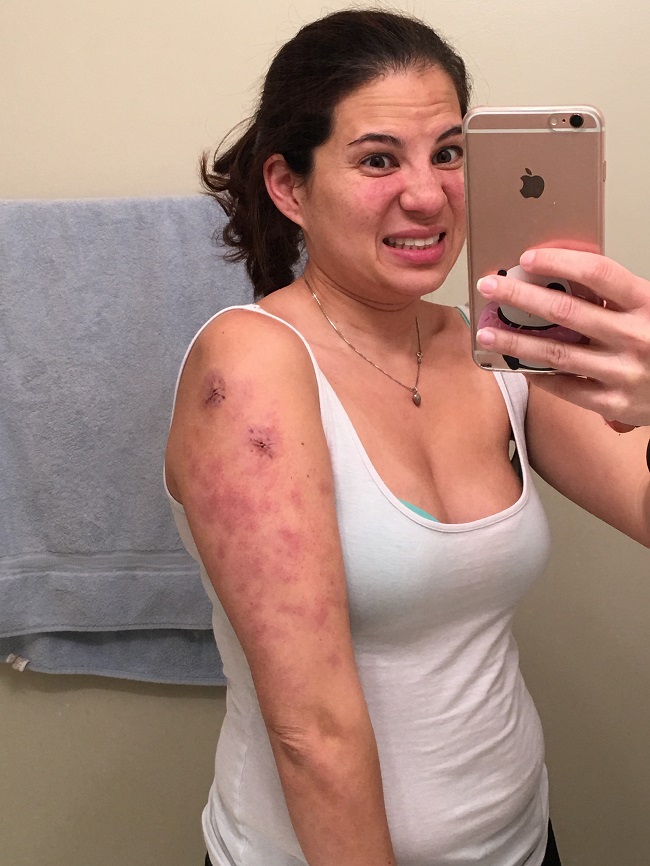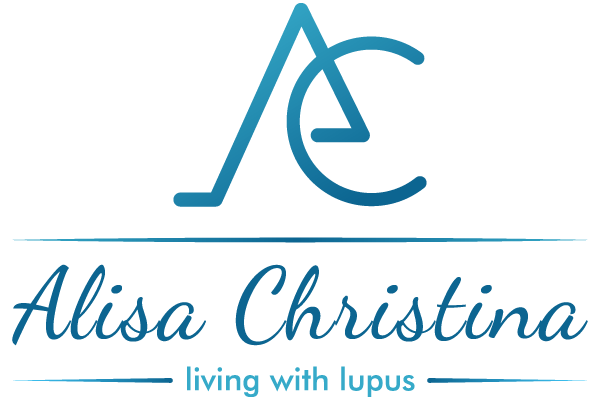
1. Lupus Dermatitis/Cutaneous Lupus
● Discoid lupus erythematosus (DLE) — Discoid lupus lesions are thick, oval-shaped and often appear on the face or scalp, and can cause permanent scarring. These scars may be red and scaly but do not cause pain or itching.
● Subacute cutaneous lupus erythematosus (SCLE) — This kind of skin lupus will cause sores on parts of the skin that have been exposed to the sun, like the upper trunk and arms. Subacute cutaneous lesions usually look like patches of scaly skin or ring-shaped sores.
● Acute cutaneous lupus erythematosus (ACLE) — ACLE is often a sign of systemic lupus erythematosus and may cause a rash on the upper cheeks and nose.
2. Systemic Lupus Erythematosus (SLE)
SLE can cause inflammation of multiple organs or organ systems, either acutely or chronically. It is the most severe and most common type of lupus, with 70 % of lupus patients diagnosed with it. When people refer to lupus, they usually refer to this type.
While symptoms vary from person to person and can change over time, the most common include pain or swelling in the joints (arthritis), extreme fatigue, low fevers, swelling in the feet or around the eyes, and skin rashes.
Experts don’t know what causes SLE but have found that it typically runs in families. Women between 15 to 44 and certain ethnic groups, including African-American, Asian, Hispanics/Latino, and Native American, are at a higher risk of developing SLE.

3. Drug-Induced Lupus
● Apresoline (Hydralazine) – used to treat high blood pressure or hypertension
● Isoniazid – used to treat tuberculosis
● Pronestyl (Procainamide) – used to treat irregular heart rhythms

4. Neonatal Lupus Erythematosus (NLE)
This kind of lupus refers to a clinical spectrum of cutaneous, cardiac, and systemic abnormalities observed in newborn babies due to passively acquiring antibodies from a mother with SLE. Usually, this condition is rare, benign, and self-limited.
Being diagnosed with one of the four different lupus types can help explain symptoms that you may experience, including fatigue, dizziness, headaches, pain, rashes, stiffness, abdominal pain, or fever. While it may be a health scare at first, understanding your lupus type can help you manage your symptoms better, avoid flare-ups and continue to live life as normal as possible.



